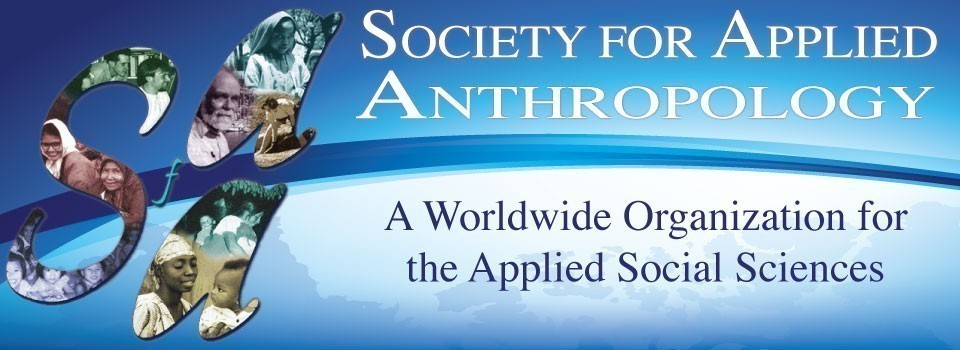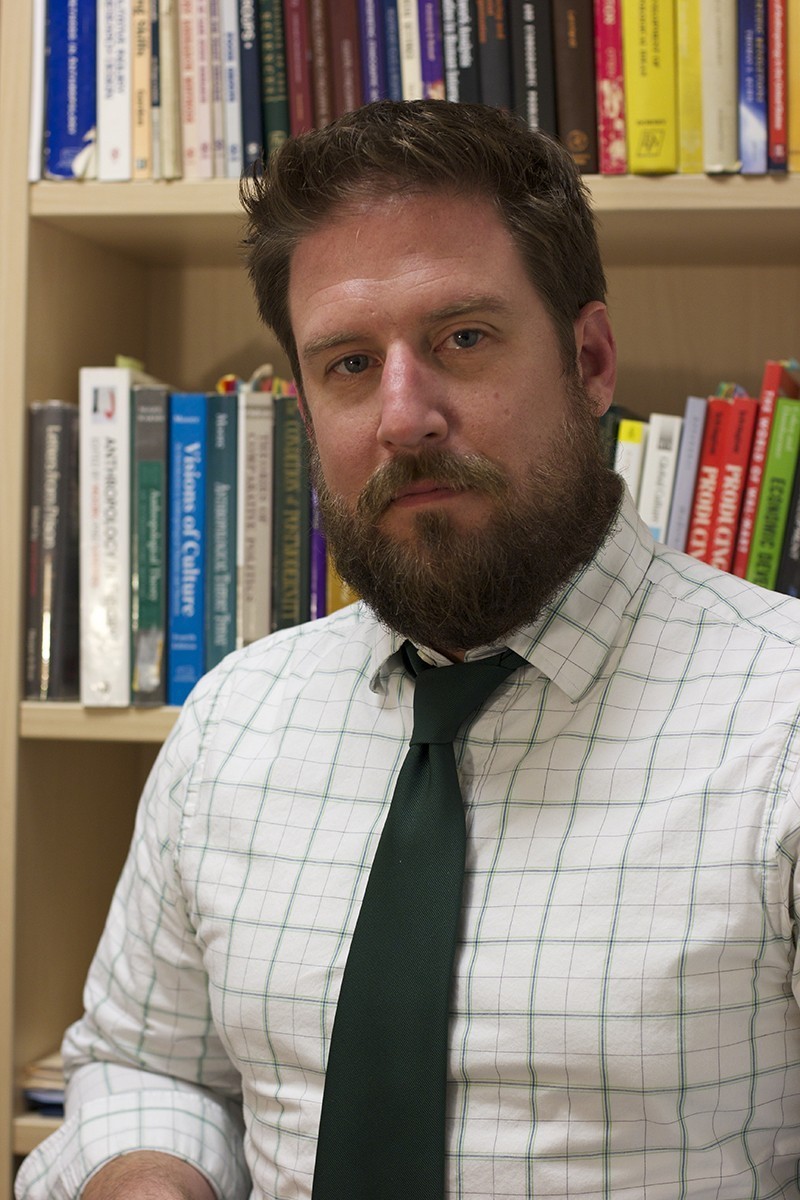
In the past 50 years, the anthropological study of disaster has become a diverse and robust field of inquiry. Anthropologists have long joined scholars and practitioners of all disciplinary stripes to influence policy and practice in disaster prevention, mitigation, response, and recovery. In recent years, the growth and development of the anthropology of risk, hazards, and disasters has been nowhere more evident than in the Society for Applied Anthropology (SfAA).
Two years ago, at the 73rd Annual Meeting of the SfAA in Denver, a loosely organized group of disaster anthropologists put together nearly two dozen panels featuring more than 100 papers on the topics of risk, hazards, and disasters. To those of us involved, it became clear that disaster research had become a major field of interest among applied anthropologists. We wanted to sustain the momentum and organize more formally. In the summer of 2013, we officially formed the Risk and Disasters Topical Interest Group (TIG) within the SfAA. At the 74th Annual Meeting of SfAA in Albuquerque, New Mexico, we organized even more panels and papers than the year before and held our first official meeting as a TIG.
This year’s meeting, which took place in March, featured 22 Risk and Disaster TIG-sponsored panels and 114 papers. Our members seized on the conference theme—Continuity and Change—to have a series of focused conversations about the state of risk and disaster theory and practice. We organized a plenary panel comprised of established and emerging leaders in the field to consider a series of discussion topics.
As many working in disasters are aware, we often observe combinations of persistence alongside rapid changes in human behavior and relationships as crises unfold. These processes often reveal a great deal about the societies and groups affected by disaster. Plenary panelists discussed the various types of social and cultural continuities and changes they have witnessed in disaster contexts, how they’ve explain them, and how it has influenced the the advice they’ve given to policy makers and practitioners. The group reflected on how the fields of risk and disaster research and practice have changed. Finally—because threat of catastrophe looms over the communities where social scientists work—the panel talked about how to better prepare and assist the broader research and practitioner communities to work in disaster contexts. We plan to publish a transcript of this panel by Fall 2015.
One key activity for the Risk and Disaster TIG in the future is to facilitate engagement with practitioners, scholars, and disaster-affected communities in and beyond the SfAA. Activities in this area will include inviting practitioners, grassroots organizers, and scholars outside the United States to join us for colloquia and workshops at the SfAA Annual Meeting. We would also like to better engage disaster-affected communities in several ways. First, we would like to identify and visit communities in the vicinity of our annual meetings to see if we can identify opportunities for collaboration. Second, we are exploring potential partnerships with NGOs and federal agencies so that we can serve as a liaison between them and experienced anthropologists who have relevant geographical and topical knowledge when crises arise.
The first of these is a partnership with the U.S. Department of Interior Strategic Sciences Group (SSG). In this partnership, the SfAA joins the Natural Hazards Center and more than twenty professional societies and academic centers to create a network of scholars who can be called upon by the SSG to rapidly deploy multidisciplinary teams that will advise practitioners and policy makers during environmental crises.
Members of the Risk and Disaster TIG are also working on several publication projects. We have two significant publishing projects: a special issue of Human Organization on risk, hazards, and disasters (expected at the end of 2015) and a new book series, Catastrophes in Context, on engaged social science in disasters by Berghan Books. The first book in the series, called Disasters without Frontiers, is expected in Spring 2016.
Our intention is to continue building a TIG with broad appeal, whose activities are effective in fostering the growth and development of scholars and practitioners. There are a number of ways to get involved with the Risk and Disasters TIG. Please join the TIG listserv by following the links on the SfAA website. Follow us on Twitter at @RiskDisasterTIG or join our Facebook group. Once you have joined, we would encourage you to start sharing and participating in our discussions.
